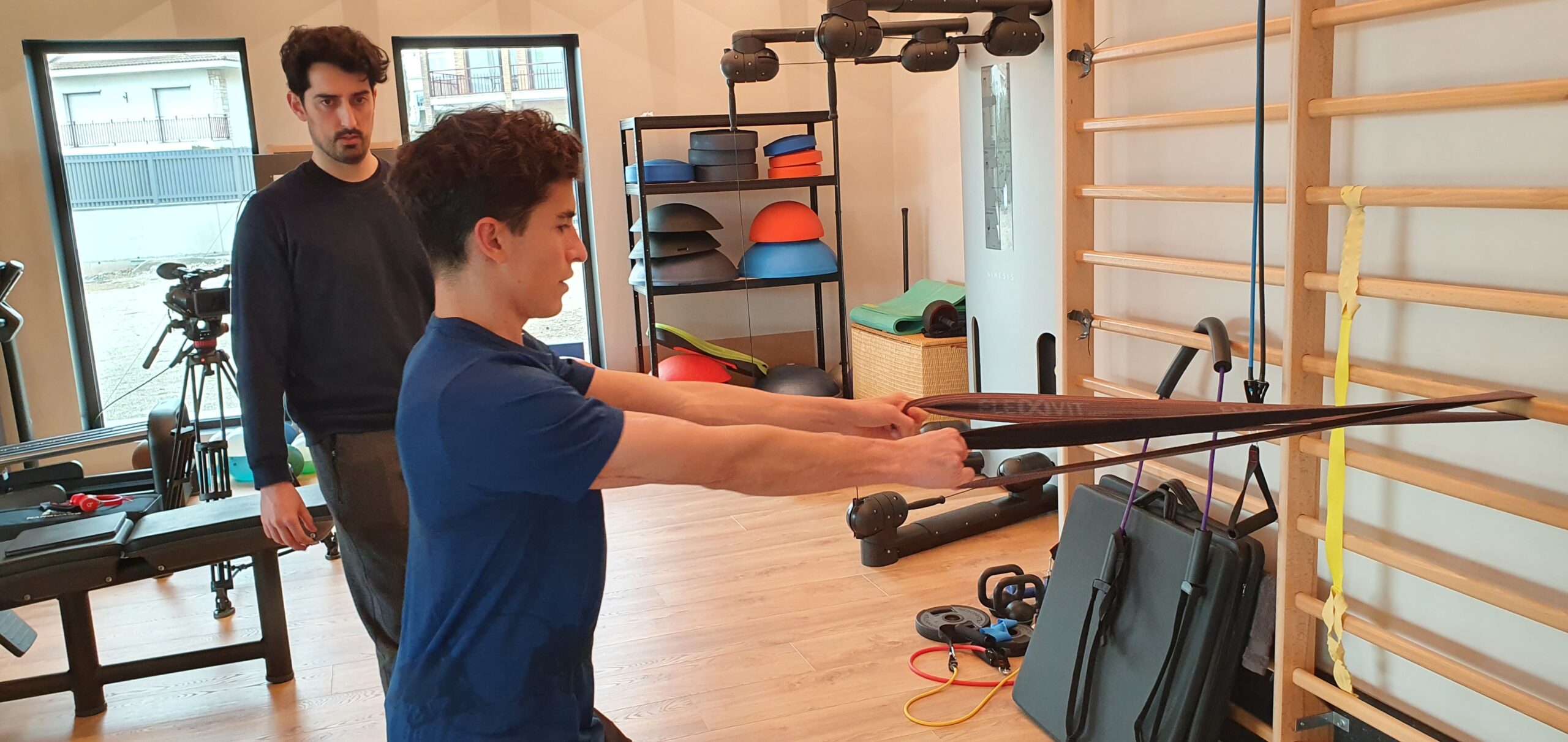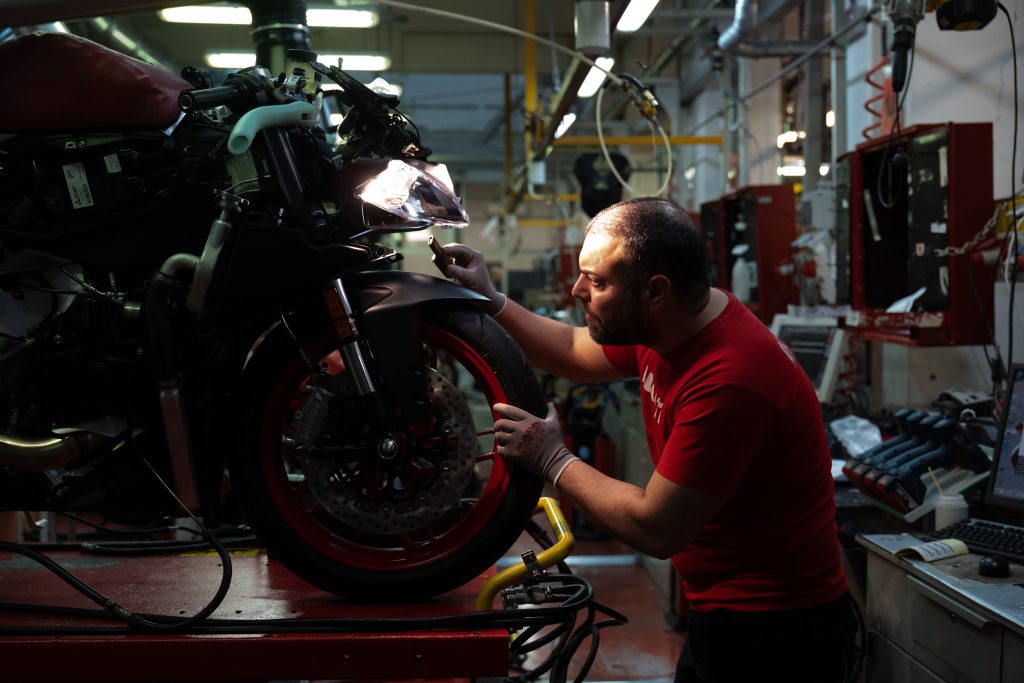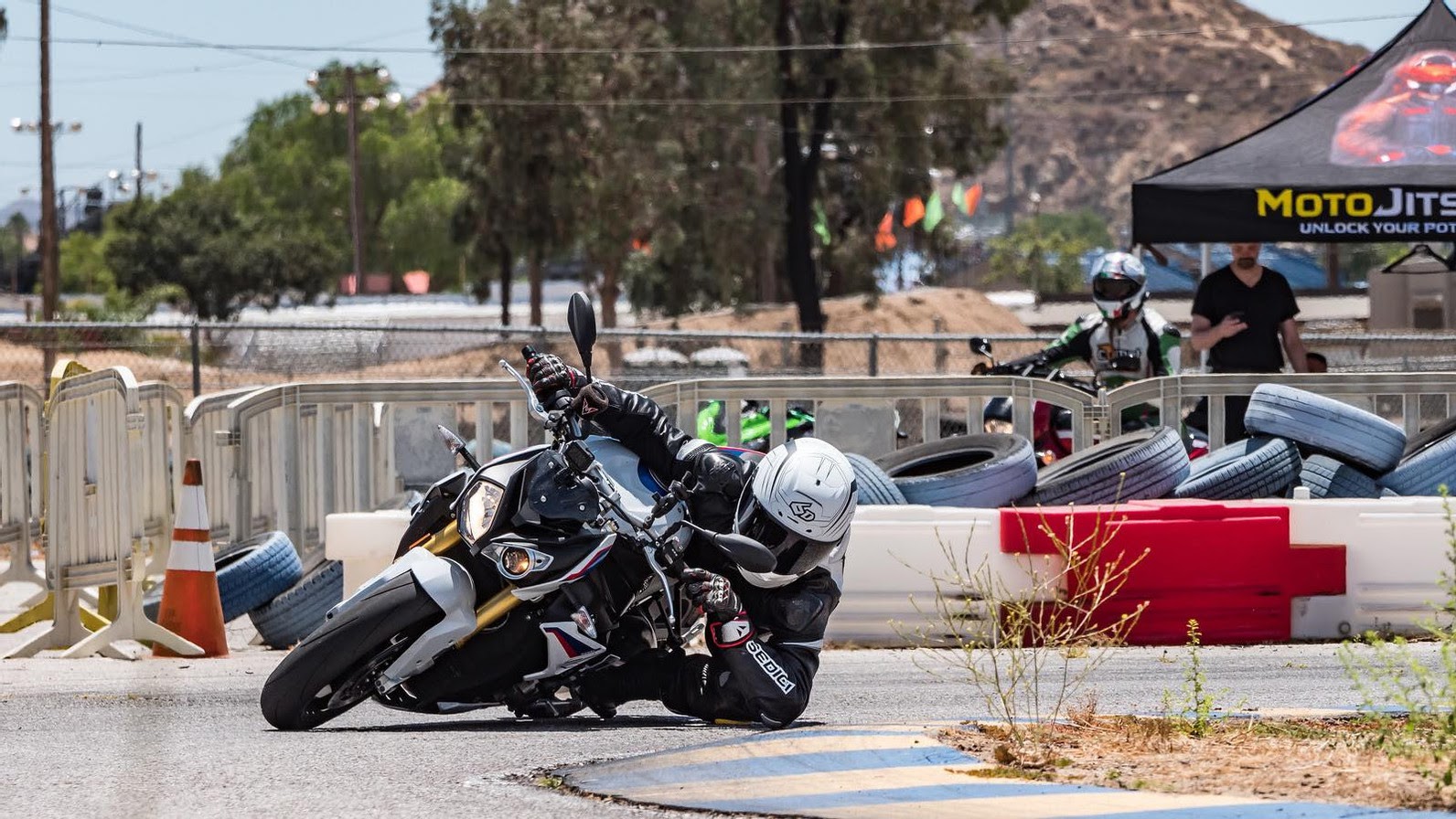admin
Staff member
We’ve all had motorcycle veterans tell us “It’s not IF you crash, it’s WHEN” and truer words have never been spoken. Crashes come in many forms but since they’re inevitable, we hope they come in the form of a small spill in your driveway (or something very minor).
A motorcycle mishap can happen anywhere from the race track, on your commute home, or in the safety of your own driveway. The severity of an accident can range from scuffs on your bar ends and a bruised ego to becoming a mortality statistic. Unfortunately, this is a morbid reality and as riders, we take as many precautions as necessary to avoid crashing or becoming a statistic.
People talk all day about what you can do to prevent a motorcycle crash or accident – but there isn’t a lot of press on the aftermath. Today we discuss the most important things you can do after a bike accident.
Note that I can only speak on my own experience and what I’ve learned over the years. What I have written below is in no specific order and should be interpreted to fit your needs.

If you’re involved in even the most minor of crashes or accidents, you may have injured yourself without even realizing it. The most natural reflex when you lose your footing and drop your bike is to tense up and use all of your strength to stop your precious motorcycle from hitting the ground – with no luck.
Photo Cred: Marc Marquez Fan Club
Though you may not appear injured, internally your body is screaming at you for attempting to save a 400 lb machine from falling on you. The muscle pain you get from these small events takes time to kick in, so it’s best to go home and relax.
More severe crashes or accidents can require a hospital visit and possibly months of physiotherapy. Whatever the case, riding a motorcycle is only an option if you ensure you are healthy enough to do so. So again, give yourself time to heal before jumping back on the bike.
Whether you lay your bike down going 5mph or 50mph, it is completely natural to worry about the condition of your motorcycle – don’t, it’s just a bike. Your motorcycle can either be fixed or replaced, so don’t sweat the small stuff.
If you’re handy and like wrenching on your own bike, it’s a good idea to conduct an inspection of your motorcycle after you’ve crashed. Write these things down and start a list of parts you need to get back to riding. If you prefer, have a professional motorcycle repair shop take a look at your bike and will get you back on the road in no time.

Photo credit: Lenovo Storyhub
Costs associated with a motorcycle crash can range from cheap aftermarket finds to thousands of dollars in repair fees.
Despite the setback, (and depending on the circumstances of your accident), you may not have to pay for the repairs or replacement of your two-wheeled love. After chatting with a lawyer from Raphaelson & Levin law firm, depending on where you live, you get a window of time to file a claim and seek payout for damages.
This usually comes after conferring with insurance companies to give you a fair amount towards the replacement or repair of the damaged motorcycle.
For some, getting back on the bike can be just as hard as the recovery. The most important thing is to “Take it slow!”, do not push yourself to the limit on your first ride after taking a spill. Treat the first few rides as if you are a brand new rider, take extra caution and feel out the bike, and watch for any discomfort – whether it be physical or mental.
The mental block you get from being in a motorcycle accident can be debilitating so take your time getting back on. As you know, to ride a motorcycle, your mind must be tack-sharp and ready for whatever obstacles that come your way. So again, stay in your comfort zone and take your time building your confidence on the bike.
Don’t be afraid to seek out a motorcycle academy to further hone your skills as a rider – this can cost a pretty penny but will pay back with confidence and skills that are priceless. Becoming a better motorcycle rider takes lots of practice and dedication.

Photo Credit: MotoJitsu
Youtube has become a fantastic resource for riders seeking guidance while on their journey to become a better rider. Motojitsu is just one of many channels on the platform that creates content for riders that wish to hone their skills.
Another way you can build your confidence back is by simply reaching out to other riders. Like-minded riders can be the best support system as we all have the same mindset – having fun all while being safe. If you don’t have a group of riding friends yet, social media is your first stop to meeting some, as it has become a great tool for connecting riders from all over the globe.
To wrap up, I’ll leave you with a few important tips; always wear your gear (yes, even if you’re just going down the street), remember to LEARN from your mistakes (if you made any), ride at your own pace and do not feel pressured to “keep up” with other riders.
As always, stay safe and enjoy your ride.
The post Crashing Your Motorcycle: What Happens Next? appeared first on webBikeWorld.
Continue reading...
A motorcycle mishap can happen anywhere from the race track, on your commute home, or in the safety of your own driveway. The severity of an accident can range from scuffs on your bar ends and a bruised ego to becoming a mortality statistic. Unfortunately, this is a morbid reality and as riders, we take as many precautions as necessary to avoid crashing or becoming a statistic.
People talk all day about what you can do to prevent a motorcycle crash or accident – but there isn’t a lot of press on the aftermath. Today we discuss the most important things you can do after a bike accident.
Note that I can only speak on my own experience and what I’ve learned over the years. What I have written below is in no specific order and should be interpreted to fit your needs.
Take the Time to Recover
Take the Time to Recover

If you’re involved in even the most minor of crashes or accidents, you may have injured yourself without even realizing it. The most natural reflex when you lose your footing and drop your bike is to tense up and use all of your strength to stop your precious motorcycle from hitting the ground – with no luck.
Photo Cred: Marc Marquez Fan Club
Though you may not appear injured, internally your body is screaming at you for attempting to save a 400 lb machine from falling on you. The muscle pain you get from these small events takes time to kick in, so it’s best to go home and relax.
More severe crashes or accidents can require a hospital visit and possibly months of physiotherapy. Whatever the case, riding a motorcycle is only an option if you ensure you are healthy enough to do so. So again, give yourself time to heal before jumping back on the bike.
Conduct a Damage Report
Conduct a Damage Report
Whether you lay your bike down going 5mph or 50mph, it is completely natural to worry about the condition of your motorcycle – don’t, it’s just a bike. Your motorcycle can either be fixed or replaced, so don’t sweat the small stuff.
If you’re handy and like wrenching on your own bike, it’s a good idea to conduct an inspection of your motorcycle after you’ve crashed. Write these things down and start a list of parts you need to get back to riding. If you prefer, have a professional motorcycle repair shop take a look at your bike and will get you back on the road in no time.

Photo credit: Lenovo Storyhub
Costs associated with a motorcycle crash can range from cheap aftermarket finds to thousands of dollars in repair fees.
Despite the setback, (and depending on the circumstances of your accident), you may not have to pay for the repairs or replacement of your two-wheeled love. After chatting with a lawyer from Raphaelson & Levin law firm, depending on where you live, you get a window of time to file a claim and seek payout for damages.
This usually comes after conferring with insurance companies to give you a fair amount towards the replacement or repair of the damaged motorcycle.
Jumping Back on the Saddle
Jumping Back on the Saddle
For some, getting back on the bike can be just as hard as the recovery. The most important thing is to “Take it slow!”, do not push yourself to the limit on your first ride after taking a spill. Treat the first few rides as if you are a brand new rider, take extra caution and feel out the bike, and watch for any discomfort – whether it be physical or mental.
The mental block you get from being in a motorcycle accident can be debilitating so take your time getting back on. As you know, to ride a motorcycle, your mind must be tack-sharp and ready for whatever obstacles that come your way. So again, stay in your comfort zone and take your time building your confidence on the bike.
Don’t be afraid to seek out a motorcycle academy to further hone your skills as a rider – this can cost a pretty penny but will pay back with confidence and skills that are priceless. Becoming a better motorcycle rider takes lots of practice and dedication.

Photo Credit: MotoJitsu
Youtube has become a fantastic resource for riders seeking guidance while on their journey to become a better rider. Motojitsu is just one of many channels on the platform that creates content for riders that wish to hone their skills.
Another way you can build your confidence back is by simply reaching out to other riders. Like-minded riders can be the best support system as we all have the same mindset – having fun all while being safe. If you don’t have a group of riding friends yet, social media is your first stop to meeting some, as it has become a great tool for connecting riders from all over the globe.
Final Thoughts
Final Thoughts
To wrap up, I’ll leave you with a few important tips; always wear your gear (yes, even if you’re just going down the street), remember to LEARN from your mistakes (if you made any), ride at your own pace and do not feel pressured to “keep up” with other riders.
As always, stay safe and enjoy your ride.
The post Crashing Your Motorcycle: What Happens Next? appeared first on webBikeWorld.
Continue reading...


